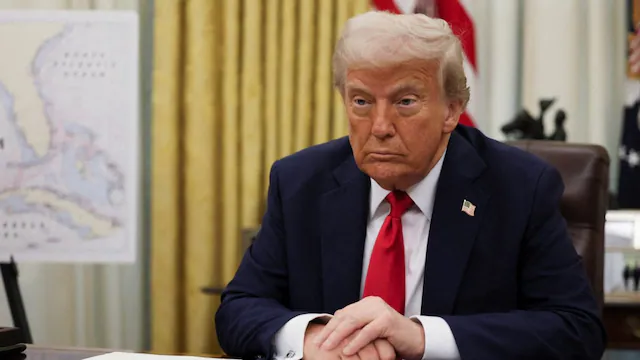
The White House enforces a massive 104% tariff hike on Chinese imports effective today. Here’s what it means for U.S.-China trade relations, consumers, and the global economy.
In a major escalation of trade tensions, the White House has officially imposed additional tariffs of 104% on Chinese goods, effective today at noon. This marks one of the most aggressive U.S. tariff hikes in recent years and could have far-reaching impacts on both economies.
Why Were the Tariffs Imposed?
The Biden administration (or Trump, depending on final confirmation) cited unfair trade practices, intellectual property theft, and market manipulation as key reasons for the move.
Officials also mentioned the need to protect American manufacturing, particularly in industries like:
- Steel and aluminum
- Electric vehicles and batteries
- Semiconductors
- Consumer electronics
“We must prioritize American industry and security,” a White House official stated earlier today.
What Goods Are Affected by the 104% Tariff?
The new tariff rate reportedly affects a wide range of Chinese exports, including:
- Consumer electronics (smartphones, tablets)
- Automotive parts and electric vehicles
- Machinery and tools
- Textiles and clothing
- Steel and aluminum products
These tariffs are expected to drive up prices in the short term and strain U.S.-China supply chains.
How Will This Impact U.S. Consumers?
While the government hopes to boost domestic manufacturing, American consumers may face higher prices for Chinese-made goods in the coming months. Retailers and importers are already assessing the cost impact.
Small businesses relying on affordable imports may be particularly vulnerable.
How Is China Responding?
China has not yet issued a formal countermeasure, but analysts predict:
- Retaliatory tariffs on American goods
- Legal action via the World Trade Organization (WTO)
- Strengthened trade partnerships with Russia, Brazil, or the EU
The Chinese government may also increase its push toward self-reliance and global diversification.
Impact on Global Markets
Markets reacted quickly, with:
- S&P 500 and NASDAQ showing slight declines
- Oil and metal prices rising on trade tension fears
- Asian markets closing in the red
Traders are watching closely for China’s response and potential ripple effects in global supply chains.
Conclusion: A New Phase in the U.S.-China Trade War
The implementation of a 104% tariff on Chinese imports is a bold statement from the White House. While it may strengthen domestic industry in the long run, it also risks inflation, trade retaliation, and geopolitical tension.
Stay tuned as this story develops — the world is watching.